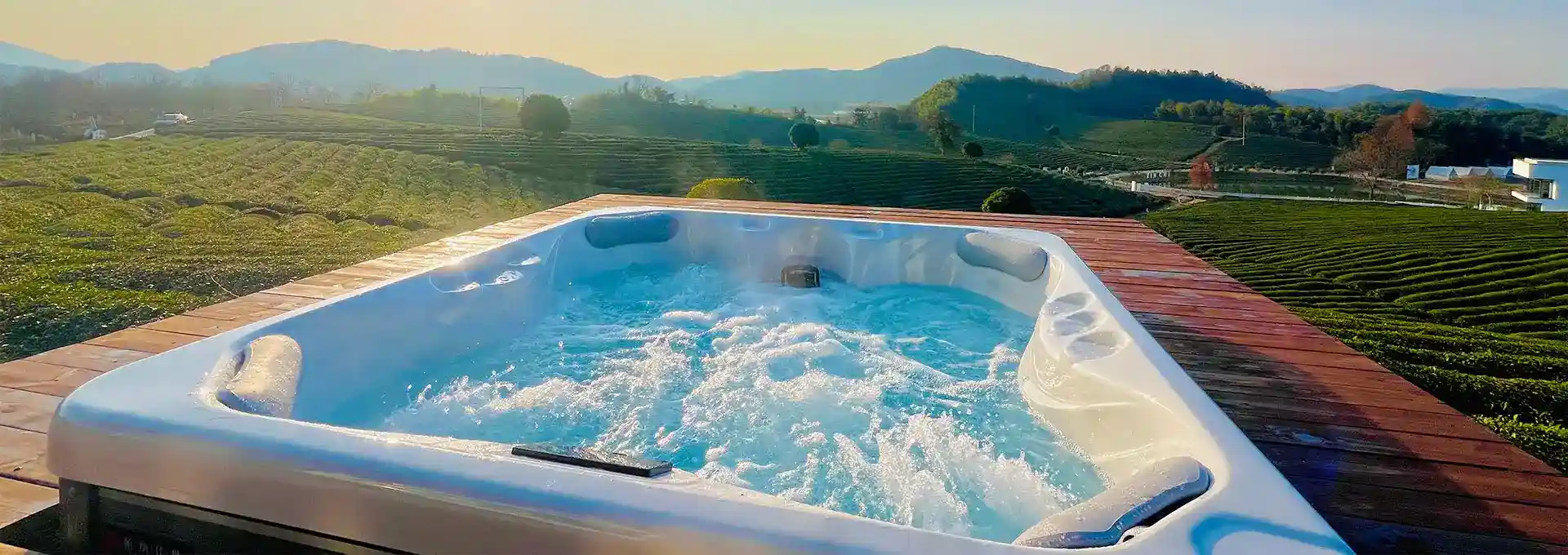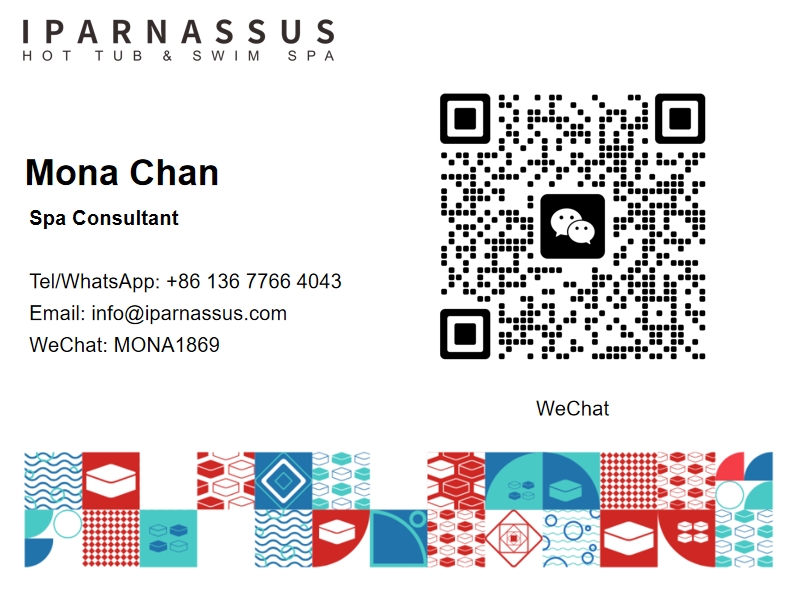How Much Water Should Be in My Swim Spa?
2024-10-14 15:15:33
A swim spa represents a sophisticated enhancement to any residential setting, seamlessly merging relaxation and exercise into one enjoyable experience. Particularly for a spacious 7-person swim spa, meticulous attention to the water level is essential. Achieving the correct water capacity not only optimizes the spa's performance but also ensures the safety of users and prolongs the lifespan of the equipment.
In this blog post, we will delve into several critical factors that influence the water capacity of a swim spa, including design specifications, user activity, and environmental considerations. We will also provide practical guidance on how to accurately measure and maintain the ideal water level, utilizing tools and techniques that facilitate ease of management. Furthermore, we will explore the potential repercussions of neglecting the recommended guidelines, which can lead to issues ranging from decreased efficiency to costly repairs.
By understanding the importance of maintaining appropriate water levels, you can enjoy the full benefits of your swim spa while safeguarding your investment for years to come. Join us as we navigate these vital aspects of swim spa ownership.
What Factors Influence the Water Capacity of a 7-Person Swim Spa?
Determining the water capacity of a swim spa is influenced by a myriad of factors that collectively shape its operational efficiency and user experience. Primarily, the dimensions and design of the spa play a pivotal role; larger or uniquely shaped models may require different amounts of water to function optimally. Additionally, the number of users significantly impacts water requirements. For a 7-person swim spa, accommodating multiple individuals necessitates careful consideration of both the volume of water needed for comfort and the level necessary for safe, effective use.
Moreover, the specific activities you plan to engage in—whether leisurely soaking, vigorous swimming, or aquatic exercise—also dictate water level preferences. Each activity may have distinct demands regarding buoyancy and resistance, further complicating the ideal water volume.
By gaining a comprehensive understanding of these variables, you can make informed decisions about the appropriate water volume for your swim spa. This knowledge ensures not only an exceptional aquatic experience but also enhances safety and equipment longevity, allowing you to fully enjoy the benefits your swim spa has to offer.
How Do You Measure and Maintain the Correct Water Level in Your Swim Spa?
Once you have established the optimal water capacity for your swim spa, the subsequent task is to effectively measure and sustain this level. This section will offer practical strategies and techniques for monitoring the water level, which includes utilizing visual indicators and specialized water level gauges designed for precision. Regular checks are essential to ensure that your spa maintains the appropriate water volume for both safety and enjoyment.
Moreover, we will delve into best practices for filling and draining your swim spa efficiently, ensuring that the process is both straightforward and minimizes water waste. Addressing common challenges—such as evaporation and water loss associated with filtration systems—is crucial for maintaining water quality and reducing the frequency of refills.
By implementing these methods, you can safeguard the integrity of your swim spa's water level, enhancing not only the longevity of the equipment but also your overall aquatic experience. Understanding these maintenance techniques will empower you to keep your swim spa in peak condition, allowing for uninterrupted enjoyment throughout the year.
What Are the Consequences of Overfilling or Underfilling Your Swim Spa?
Maintaining the correct water level in your swim spa is not just a matter of convenience; it is vital for ensuring operational efficiency, structural integrity, and the overall safety of all users. This section delves into the various consequences that can arise from both overfilling and underfilling your swim spa, highlighting their implications for functionality and user experience.
Overfilling your swim spa can lead to a range of significant issues. Excess water pressure can place undue strain on pumps and filtration systems, potentially causing backups that compromise water quality and clarity. Moreover, water spilling over the edges creates not only an unsightly mess but also poses risks for property damage, particularly if it seeps into surrounding areas.
On the other hand, underfilling presents its own challenges. A low water level diminishes the efficiency of filtration systems, resulting in murky water and increased chemical imbalances, which can affect the health and comfort of users. More alarmingly, when water levels drop too low, heating elements may become exposed, leading to overheating and possible failure of the system.
To avoid these pitfalls and ensure a safe, enjoyable swimming environment, it is essential to monitor and adjust water levels regularly. By following best practices and implementing proactive maintenance strategies, you can safeguard your swim spa investment, allowing it to remain a source of relaxation and enjoyment for you and your guests for many years to come.
Conclusion
The water level in your seven-person swim spa is an essential element that significantly influences performance, user safety, and the longevity of equipment. A well-maintained water level ensures optimal operation, allowing the spa to function effectively while providing a pleasurable experience for all users. Understanding the various factors that impact water capacity—such as environmental conditions, usage frequency, and evaporation rates—is crucial for effective management.
Moreover, acquiring the skills to accurately measure and adjust the water level will empower you to maintain the ideal environment within your swim spa. Regular monitoring is key to preventing issues that could arise from fluctuations in water levels. Being aware of the potential consequences of improper water maintenance, including equipment strain and safety hazards, is vital for safeguarding both the spa and its users.
Ultimately, by committing to proper water level management and being proactive about maintenance, you can ensure that your swim spa remains a safe, enjoyable, and functional retreat for relaxation and exercise. This diligence not only enhances user experience but also extends the lifespan of your investment, making it a worthwhile endeavor.
For more information on hot tub installations and to find out more about our products, please feel free to contact us at info@iparnassus.com.
References
1. [Swim Spa Water Capacity Guidelines]
2. [Factors Affecting Swim Spa Water Levels]
3. [Measuring Water Levels in Swim Spas]
4. [Maintaining Ideal Water Levels for Spa Performance]
5. [Consequences of Incorrect Water Levels]
6. [Safety Precautions for Swim Spa Use]
7. [Structural Integrity and Water Management]
8. [Efficient Filtration Systems for Swim Spas]
9. [Dealing with Evaporation in Swim Spas]
10. [User Guide for 7-Person Swim Spa Water Management]



